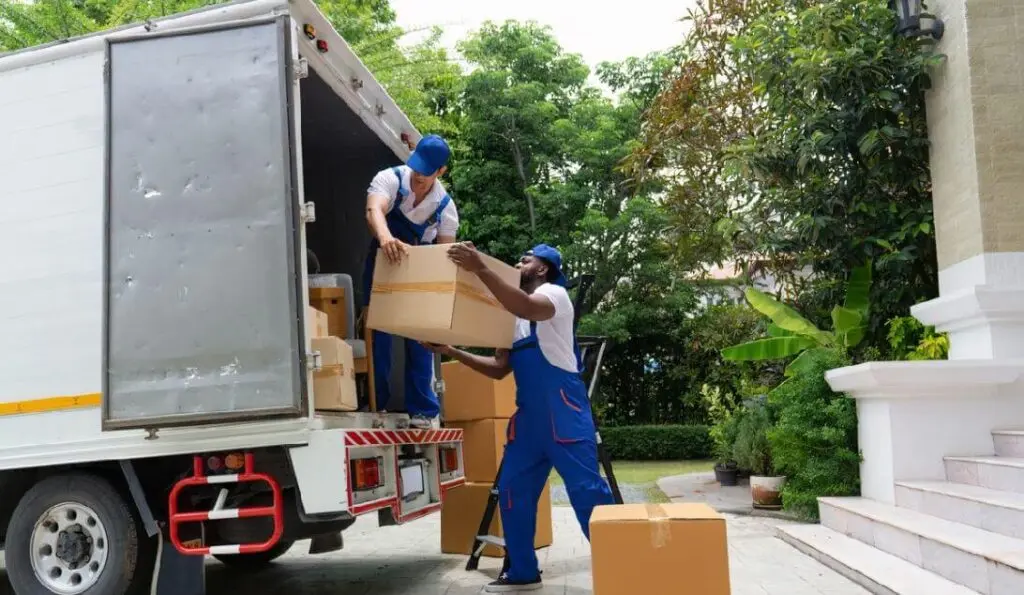Customer-Centric Moves: Enhancing Relations and Communication in a Moving Company

In the intricate realm of moving services, the pivot towards a customer-centric approach is paramount in establishing fruitful relationships and effective communication.
This comprehensive guide explores the essence of customer-centricity in the moving industry, shedding light on the nuanced strategies that enhance customer relations and streamline communication.
Drawing from a rich well of industry experience, we delve into the meticulous details of customer service, illuminating the path for companies yearning to foster a sense of belonging among their clientele.
This discourse serves not only as a valuable resource, but as a bridging tool, connecting moving companies to their customers on a deeper, more meaningful level.
Understanding Customer-Centric Practices
While it is pivotal for a moving company to execute logistical tasks efficiently, understanding customer-centric practices forms the bedrock of maintaining a prosperous and enduring business relationship with clients.
These practices revolve around personalizing moving services to align with each client's unique needs and expectations. This could involve flexible scheduling, tailored packing solutions, or even specialized handling of items. It's about making the customer feel valued and heard, fostering a sense of belonging, which ultimately engenders loyalty.
A company can achieve this by training its staff on effective communication and problem-solving skills. Moreover, harnessing technology to streamline processes and enhance customer interaction will also play a significant role in promoting a customer-centric culture.
Effective Communication Strategies in Moving Services
Implementing effective communication strategies in moving services demands an understanding of various techniques to convey information clearly, promptly, and professionally to customers. The key lies in developing a communication plan that incorporates multiple channels such as emails, phone calls, and face-to-face meetings. This ensures that customers feel heard, valued, and connected to the company at every stage of the moving process.
A well-crafted communication strategy also includes proactive updates, timely responses to customer inquiries, and a dedicated team for customer support. Moreover, training staff in empathy and active listening can significantly enhance the quality of customer interactions.
In essence, effective communication strategies in moving services foster trust, customer satisfaction, and loyalty, driving business success.
CATEGORIES























